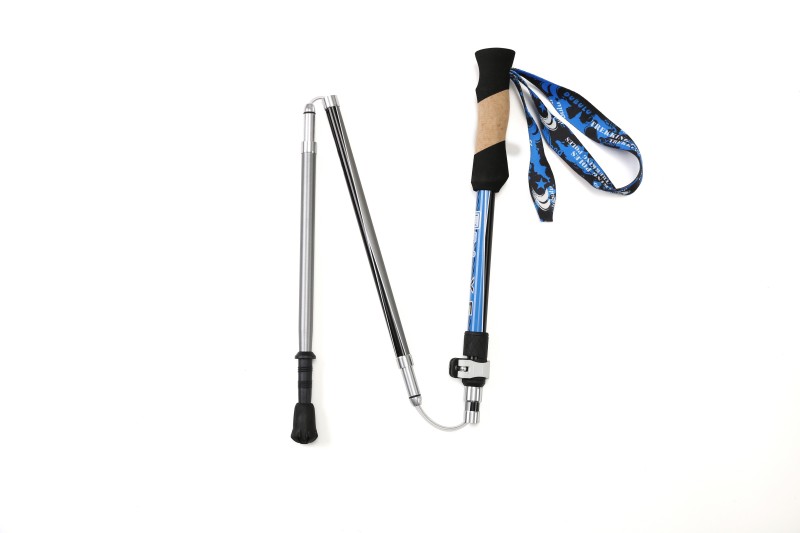In an era where environmental consciousness is paramount, the fashion industry is undergoing a significant transformation. As consumers become increasingly aware of the ecological impact of their choices, the demand for sustainable and eco-friendly fabrics is on the rise. But what exactly qualifies as the most eco-friendly fabric to wear? This article delves into the various options available, examining their environmental benefits, production processes, and overall sustainability.
Understanding Eco-Friendly Fabrics
Eco-friendly fabrics are materials that are produced with minimal environmental impact, often utilizing sustainable practices throughout their lifecycle—from raw material sourcing to manufacturing, distribution, and disposal. The criteria for eco-friendliness can include factors such as water usage, energy consumption, chemical use, and the ability to biodegrade or recycle.
Top Eco-Friendly Fabrics
- Organic Cotton
Organic cotton is grown without synthetic pesticides and fertilizers, making it a more sustainable alternative to conventional cotton. The cultivation process promotes biodiversity and soil health, and organic farming practices use significantly less water. Additionally, organic cotton is often produced in fair-trade conditions, ensuring ethical labor practices. - Tencel (Lyocell)
Tencel, a brand name for lyocell, is made from sustainably sourced wood pulp, primarily from eucalyptus trees. The production process is closed-loop, meaning that solvents used in the manufacturing are recycled, reducing waste and pollution. Tencel is biodegradable and has a soft, luxurious feel, making it a popular choice for clothing and home textiles. - Hemp
Hemp is one of the most eco-friendly fabrics available. It requires minimal water and no pesticides to grow, making it a hardy and sustainable crop. Hemp fibers are strong, durable, and naturally resistant to mold and UV light. The cultivation of hemp also improves soil health, as it can be rotated with other crops to enhance soil fertility. - Recycled Polyester
Made from post-consumer plastic bottles and other recycled materials, recycled polyester significantly reduces waste and the need for virgin polyester production, which is energy-intensive. While polyester itself is not biodegradable, using recycled materials helps divert plastic from landfills and oceans, contributing to a circular economy. - Bamboo
Bamboo fabric is derived from the pulp of the bamboo plant, which grows rapidly and requires little water. However, the sustainability of bamboo fabric can vary based on the processing methods used. The most eco-friendly option is bamboo lyocell, produced using a closed-loop process similar to Tencel. Bamboo is naturally antibacterial and biodegradable, making it a desirable choice for clothing.
The Importance of Certifications
When selecting eco-friendly fabrics, it's crucial to look for certifications that verify sustainable practices. Certifications such as Global Organic Textile Standard (GOTS), OEKO-TEX, and the Forest Stewardship Council (FSC) can provide assurance that the fabric meets specific environmental and ethical standards. These certifications help consumers make informed choices and support brands committed to sustainability.
The Role of Consumer Choices
As consumers, our choices have the power to drive change within the fashion industry. By opting for eco-friendly fabrics, we can reduce our carbon footprint and support sustainable practices. Additionally, investing in high-quality, durable clothing made from these materials can lead to a more sustainable wardrobe, as it encourages less frequent purchases and promotes longevity.
Conclusion
The quest for the most eco-friendly fabric to wear is not just about choosing a single material; it involves understanding the broader implications of our fashion choices. By prioritizing fabrics like organic cotton, Tencel, hemp, recycled polyester, and bamboo, we can contribute to a more sustainable future. As the fashion industry continues to evolve, staying informed and making conscious decisions will empower consumers to champion eco-friendly practices and promote a healthier planet.


